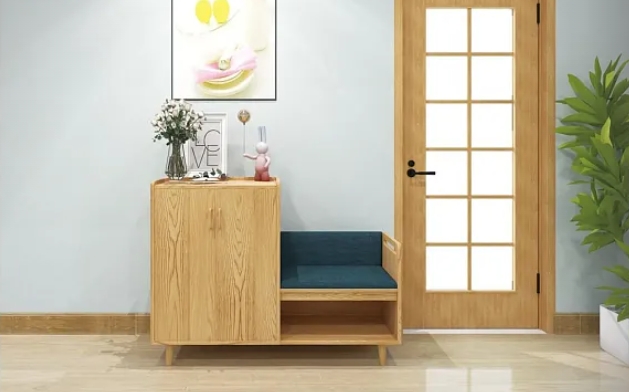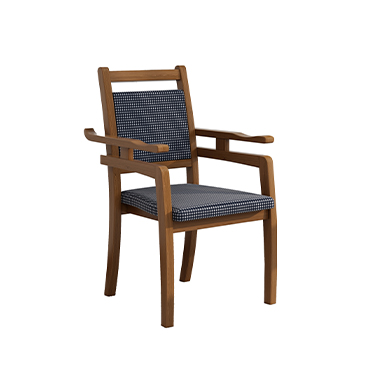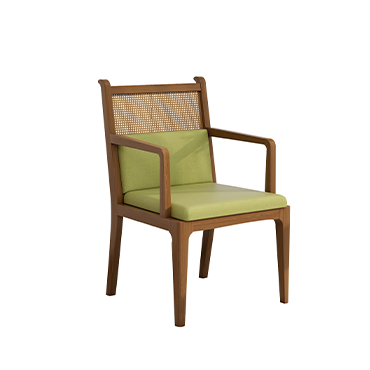How to Make Community Environments More Age-Friendly?

Global Aging & Community-Based Care
Around the world, the majority of seniors prefer aging in place, relying on community-based services rather than moving into care facilities. This makes age-friendly community environments essential for senior well-being.
So, how can we improve community spaces to better support older adults?
1.Barrier-Free Accessibility
Older adults, especially those using wheelchairs, walkers, or canes, need safe and accessible pathways. Uneven surfaces, steps, or obstacles can increase fall risks and limit mobility.
Key Improvements:
Convert curbs and steps into gentle ramps
Ensure sidewalks and pathways are smooth and well-maintained
Add anti-slip surfaces for extra safety
2.Age-Friendly Seating
Many public benches are too low or too deep, making it difficult for seniors to sit down and stand up. This can lead to falls, joint strain, or discomfort, especially for those with reduced mobility.
Ideal Age-Friendly Bench Design:
Height: 45-50 cm (optimal for easy sitting & standing)
Backrest & Armrests: Provide additional support
Convenience Features: Cup holders & cane slots
Material Choice: Use wood instead of metal to avoid extreme temperatures
By implementing these practical improvements, cities and communities worldwide can create safe, inclusive, and truly age-friendly environments for older adults.





